Collectables: market in Tintin artwork takes off
Tintin, the Belgian boy-reporter cum adventurer, is in demand once again. Chris Carter reports.
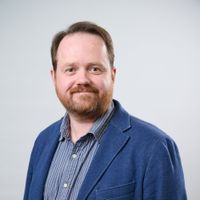
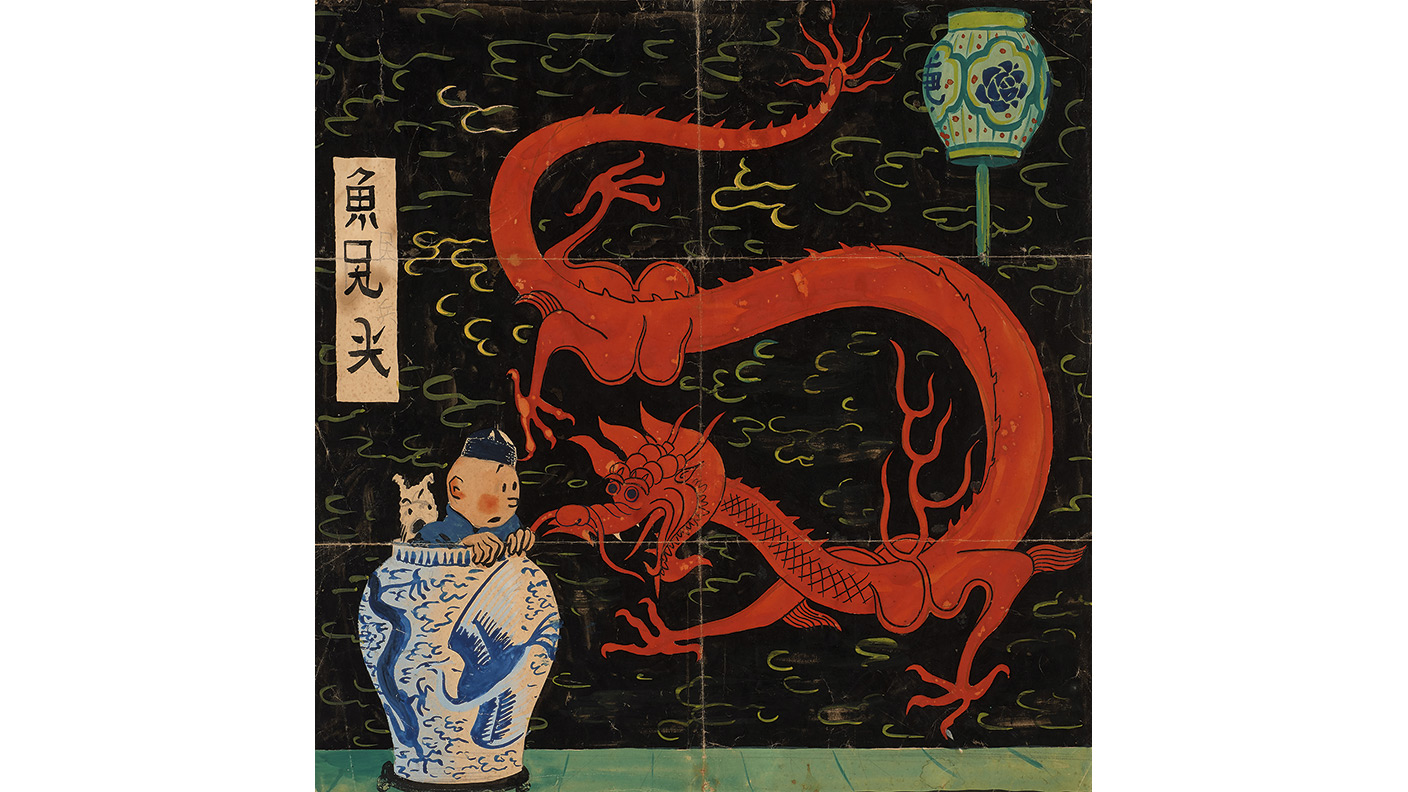
Last year, a drawing of young cartoon reporter Tintin carving a propeller from a tree trunk sold for $1.1m with Dallas-based Heritage Auctions. It was special because it was the original artwork used for the first published magazine cover to feature Tintin in February 1930. It was a fitting illustration because the market in artwork by Tintin’s Belgian creator, Georges Rémi, known as Hergé, has truly taken off in recent years. The current price record was set in 2014, when a signed page of drawings from 1937 fetched €2.6m with Artcurial. The Parisian auction house boasts that eight out of the ten most expensive works by Hergé at auction have gone under its hammer.
Tintin’s faux pas
On 21 November, that number looks set to become nine when the initial artwork for Le Lotus Bleu goes up for sale. The Blue Lotus, as it’s called in English, was published in 1936. It is the fifth album in the series, and sees Tintin travel to China to disrupt the opium trade. He is assisted in his mission by the trusty Chang, and there is a good reason for his appearance. The previous four albums had tended to draw on “clichés and crude stereotypes”, as the official Tintin website puts it. Indeed, the notorious second album, Tintin in the Congo (1931), came under renewed scrutiny during the 60th anniversary of Congolese independence from Belgium this summer. The Blue Lotus marked a turning point (although, as Sam Leith notes in The Daily Telegraph, some might still take issue with the depiction of the “toothy, sadistic, harakiri-prone Japanese”). Hergé did his research on Chinese culture and the work expresses the evolution of Hergé’s thinking. The Blue Lotus is indeed considered to be one of the better Tintin adventures.
The initial artwork Hergé produced for it was, however, never used. The Indian ink, gouache and watercolour on paper image of Tintin and Milou (Snowy) peeking out from a Ming vase, while seemingly being menaced by a Chinese dragon (look closer and you will see it’s actually the wallpaper), was deemed too costly to reproduce with the four-colour technique used in 1936. The publisher, Louis Casterman, turned it down. According to the auction house, Hergé gave it to the publisher’s young son, who kept it in a drawer (see right).
MoneyWeek
Subscribe to MoneyWeek today and get your first six magazine issues absolutely FREE

Sign up to Money Morning
Don't miss the latest investment and personal finances news, market analysis, plus money-saving tips with our free twice-daily newsletter
Don't miss the latest investment and personal finances news, market analysis, plus money-saving tips with our free twice-daily newsletter
“This artwork is a genuine masterpiece encapsulating Hergé’s genius and is probably the most beautiful Tintin album cover ever!” says Eric Leroy, comic-strip expert at Artcurial. Artcurial has valued the artwork at up to €3m for the sale next month.
A disputed history
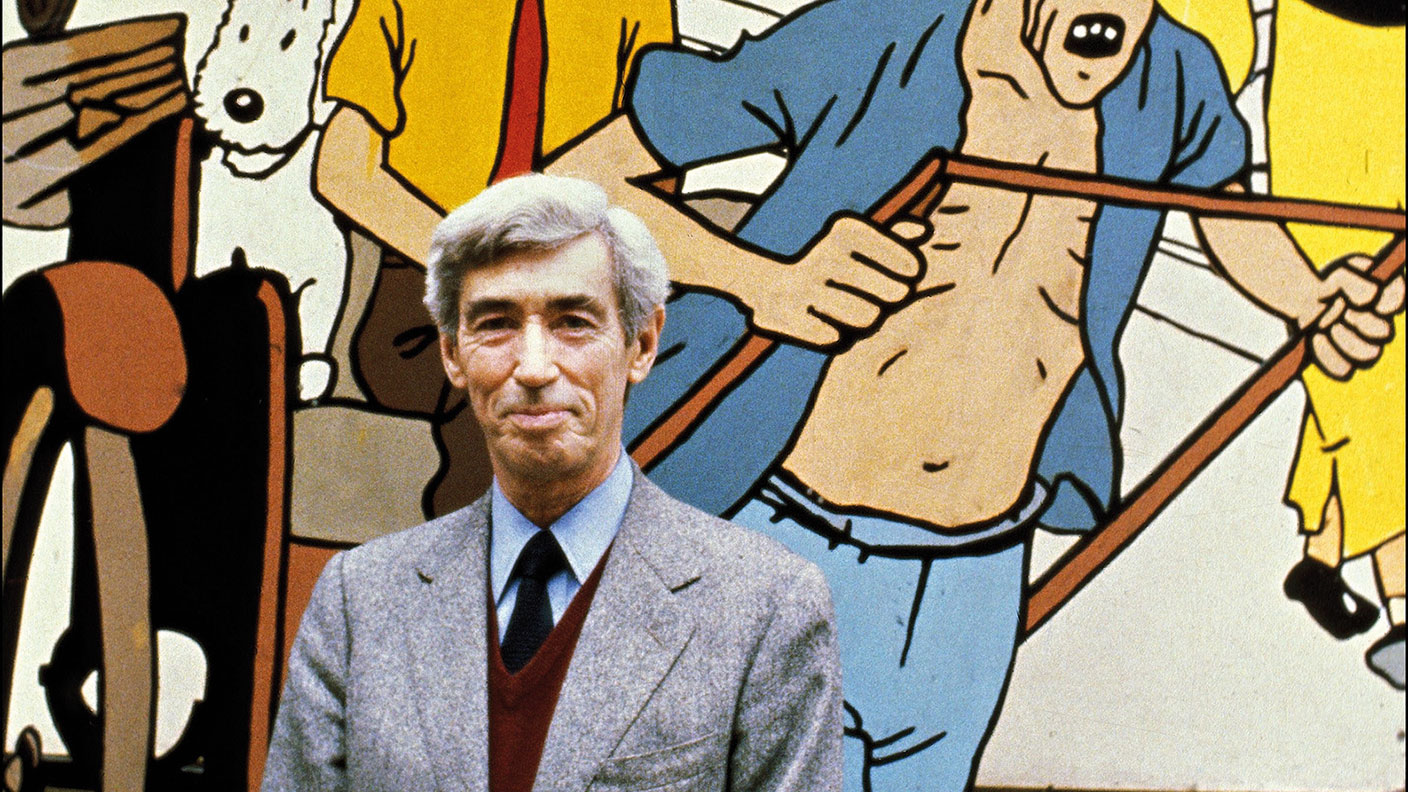
It will be the first time Hergé’s initial artwork for The Blue Lotus goes up for auction. The piece was inspired by a picture of Anna May Wong, the Chinese-American actress who appeared with Marlene Dietrich in the 1932 film Shanghai Express, says Bruno Waterfield in The Times. After it was rejected for being too expensive to reproduce, Hergé (pictured) gave it to Jean-Paul Casterman, the publisher’s young son. The boy tucked it away for safe-keeping. That’s the official version of events. “Hergé’s old friends say this account is as fanciful as any Tintin tale: they are aghast that the picture is up for auction, and say it was pinched from the author,” says Leo Cendrowicz on i news.
“I met Jean-Paul in 1990 and he told me that it was a present from Hergé, who didn’t think the rejected picture had any value,” Eric Leroy, Artcurial’s comic-book expert, tells Cendrowicz. (Hergé died in 1983, and the younger Casterman in 2009. The present sellers are the latter’s children.) “Tintinologists… say it is inconceivable that Hergé… would have given it to a boy he’d never met,” says Cendrowicz. Hergé always signed his gifts, they point out, and the timing of the sale comes “just months after the deadline lapsed for any legal challenge to the picture’s ownership”. One theory is that Hergé sent the image to the publisher and it was simply never sent back. Either way, the sale is going ahead and it is expected to set a new auction record for a European comic-strip drawing next month.
Auctions
Going…
Around 440 rare cinema posters are heading for auction with the Prop Store in London on 5 November. Together, they are expected to fetch at least £180,000. The top lot is a Dr. No poster from 1962, featuring the famous “007” gun logo for the first time. It is expected to sell for at least £8,000. An Australian Mad Max poster from 1979, considered the “holy grail” of posters for this film, has been valued at between £3,000 and £4,000. And a Star Wars: The Empire Strikes Back (1980) poster is estimated to fetch from £2,500. But “the auction is suitable for fans with a variety of budgets”, says MSN.com. At the lower end of the price spectrum, a poster advertising Jurassic Park, from 1993, has a price tag of £100-£200.
Gone…
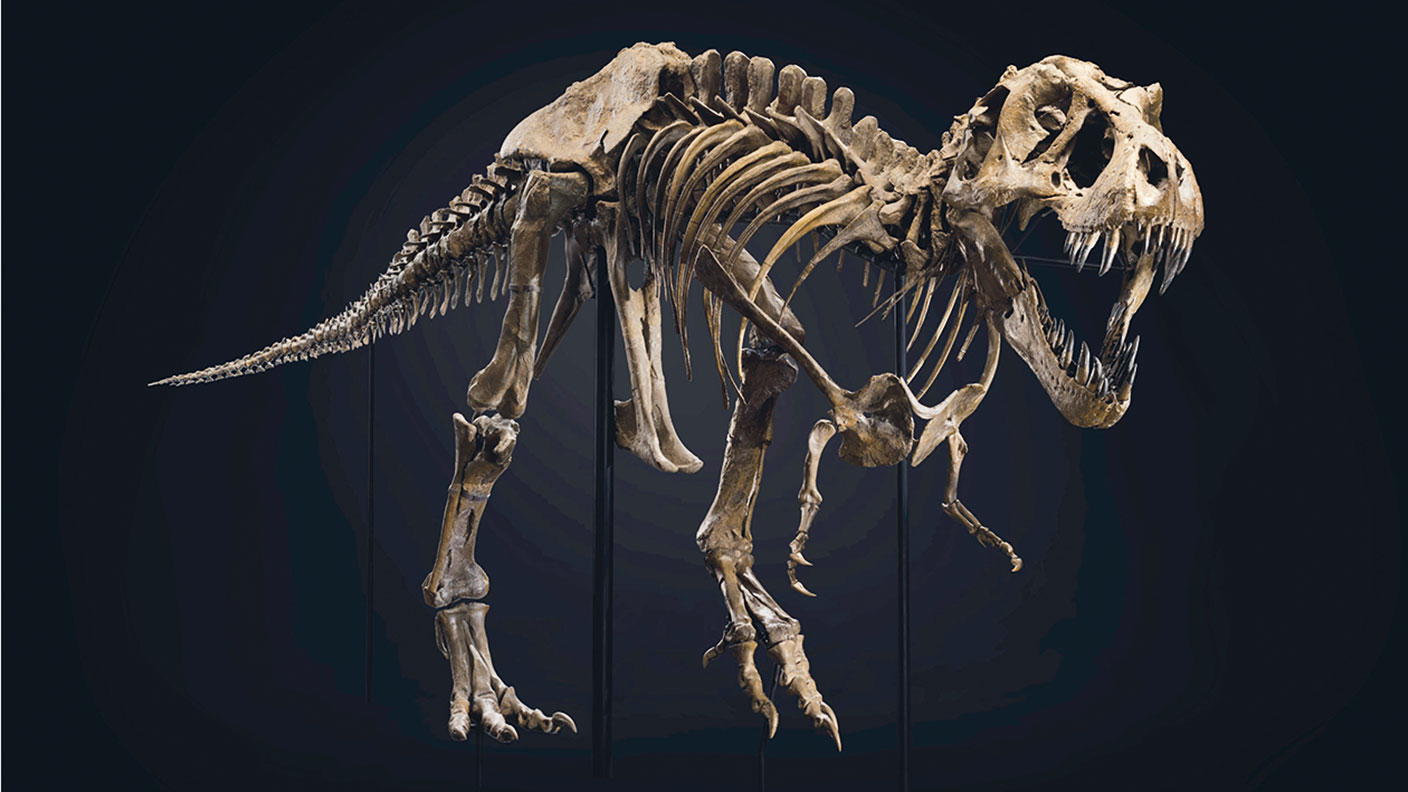
“We’re in a brave new world when a 167-million-year-old dinosaur proves the most contested lot in a virtual auction of 20th-century fine art,” says Melanie Gerlis in the Financial Times. But that is what happened at the Christie’s evening sale in New York last week. The male Tyrannosaurus rex from the Late Cretaceous period, nicknamed Stan, “roared ahead” from an initial $3m bid to sell in London for a record $31.8m (with fees). It was in a “remarkable state of preservation” thanks to its final resting place in a small streambed, according to the auction house. “It is one of the largest, finest, and most complete specimens ever found of the undisputed king of the dinosaurs.”
Get the latest financial news, insights and expert analysis from our award-winning MoneyWeek team, to help you understand what really matters when it comes to your finances.

-
 Where did house prices rise and fall the most in 2025?
Where did house prices rise and fall the most in 2025?Some parts of the UK have seen yearly property price growth of up to 12.6%, but others have seen values fall by as much as 8.9%, research shows.
-
 ‘Why I have ditched my Help to Buy ISA for cash savings and the stock market’
‘Why I have ditched my Help to Buy ISA for cash savings and the stock market’Without the 25% bonus, my Help to Buy ISA is effectively redundant, says MoneyWeek writer Sam Walker.
-
 Stock markets have a mountain to climb: opt for resilience, growth and value
Stock markets have a mountain to climb: opt for resilience, growth and valueOpinion Julian Wheeler, partner and US equity specialist, Shard Capital, highlights three US stocks where he would put his money
-
 The steady rise of stablecoins
The steady rise of stablecoinsInnovations in cryptocurrency have created stablecoins, a new form of money. Trump is an enthusiastic supporter, but its benefits are not yet clear
-
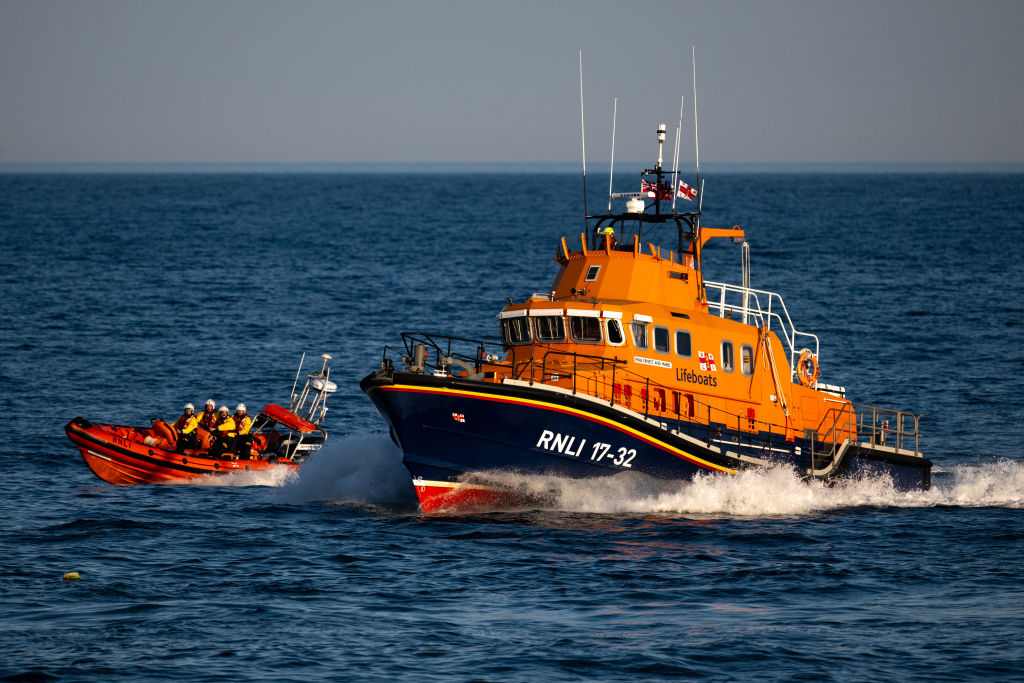 SRT Marine Systems: A leader in marine technology
SRT Marine Systems: A leader in marine technologySRT Marine Systems is thriving and has a bulging order book, says Dr Michael Tubbs
-
 Goodwin: A superlative British manufacturer to buy now
Goodwin: A superlative British manufacturer to buy nowVeteran engineering group Goodwin has created a new profit engine. But following its tremendous run, can investors still afford the shares?
-
 A change in leadership: Is US stock market exceptionalism over?
A change in leadership: Is US stock market exceptionalism over?US stocks trailed the rest of the world in 2025. Is this a sign that a long-overdue shift is underway?
-
 A reckoning is coming for unnecessary investment trusts
A reckoning is coming for unnecessary investment trustsInvestment trusts that don’t use their structural advantages will find it increasingly hard to survive, says Rupert Hargreaves
-
 Metals and AI power emerging markets
Metals and AI power emerging marketsThis year’s big emerging market winners have tended to offer exposure to one of 2025’s two winning trends – AI-focused tech and the global metals rally
-
 8 of the best houses for sale with beautiful fireplaces
8 of the best houses for sale with beautiful fireplacesThe best houses for sale with beautiful fireplaces – from a 15th-century cottage in Kent to a 17th-century palazzo in Oxfordshire